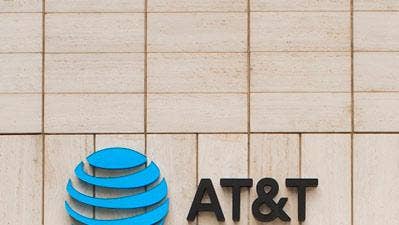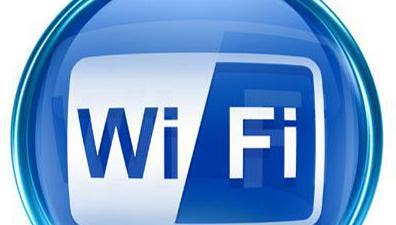AT&T 5G: Four Things To Know About The Carrier's Next-Gen Network Plans

Breaking It Down
Carrier giant AT&T has made every effort to be out in the forefront of the 5G revolution.
The service provider, which has 5G live in parts of 12 U.S. cities, is also one of the only carriers so far to address 5G for business use, while its competitors have largely stuck to publicizing the benefits of 5G for residential use. Even though it's been a race to be first to the market with 5G for many service providers, AT&T has promised to offer a true, standards-based 5G network. But AT&T wants the market to know that 5G isn't just one solution.
AT&T recently broke down the three main pillars of its approach to standards-based 5G service for business users, which include fixed wireless, edge computing, and a mobile network.
Here's what solution providers need to know about AT&T 5G for business, and how the carrier is bringing 5G to life.

Mobile 5G
The first pillar of AT&T's 5G approach is a mobile 5G network. The Dallas-based carrier has revealed its plans to deploy a nationwide 5G network early next year that AT&T said will allow for seamless handoffs between Wi-Fi, LTE and 5G, no matter where a business is located or where users may go.
To that end, AT&T so far has plans for two new 5G-capable devices in 2019, including the NETGEAR Nighthawk 5G Mobile Hotspot that was first launched in 2018, and two Samsung smartphones to come later this year.

Fixed Wireless
Businesses today are relying on fixed wireless solutions to help with a wide range of needs, such as getting new locations up and running faster. These customers are looking to fixed wireless both as a primary connectivity option or as a secondary connection.
AT&T Business today offers AT&T Wireless Broadband, a solution that builds on its fiber distribution that has lit up about 2.2 million locations with fiber. AT&T’s current fixed wireless devices and speeds are laying the groundwork for customers to easily upgrade to 5G, the carrier said.

Edge Computing
Edge Computing promises businesses the ability to use cellular data to improve their operations or processes. Specifically, businesses can use edge computing to route application-specific traffic – whether that’s in the cloud, the edge of the network or on premise, AT&T said.
AT&T's Multi-access Edge Compute (MEC) solution uses the carrier's software-defined network, of which AT&T has made public the fact that its network is nearly 75 percent virtualized, to enable faster access to data processing. The solution also gives businesses more flexibility when it comes to managing their cellular traffic through on-premise hardware and software.

Coming To Businesses Nationwide
AT&T's standards-based mobile 5G network is live today in certain areas of 12 cities for consumers and select businesses, including; Atlanta, Charlotte, N.C., Dallas, Houston, Indianapolis, Jacksonville, Fla., Louisville, Ky., Oklahoma City, New Orleans, Raleigh, N.C., San Antonio and Waco, Texas. The carrier expects to be live in parts of 19 cities by the middle of 2019, adding Las Vegas, Los Angeles, Nashville, Orlando, San Diego, San Francisco, and San Jose to the growing list. The carrier has not yet disclosed a timeline in which 5G services will be available through the channel.
“The 5G services we’re rolling out and combining with our advanced network capabilities will help businesses fundamentally change for the better,” Mo Katibeh, chief marketing officer for AT&T Business, said. “It will open up opportunities to increase revenue, reduce operational costs, and ultimately create amazing new experiences for employees and customers. Whether it’s a local startup, a growing regional company, or national enterprise, these 3 pillars are going to be groundbreaking.”